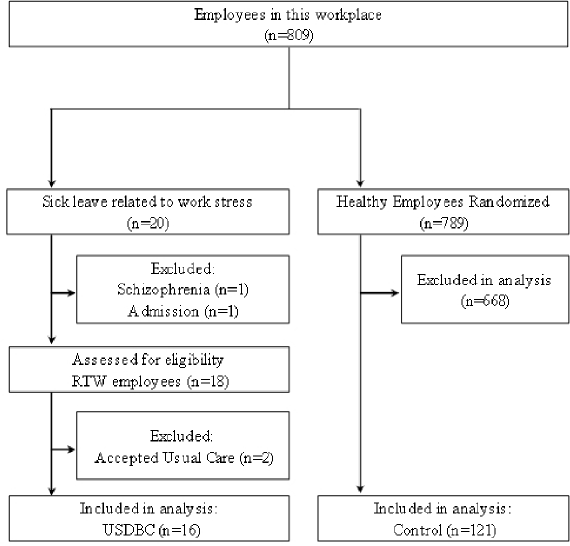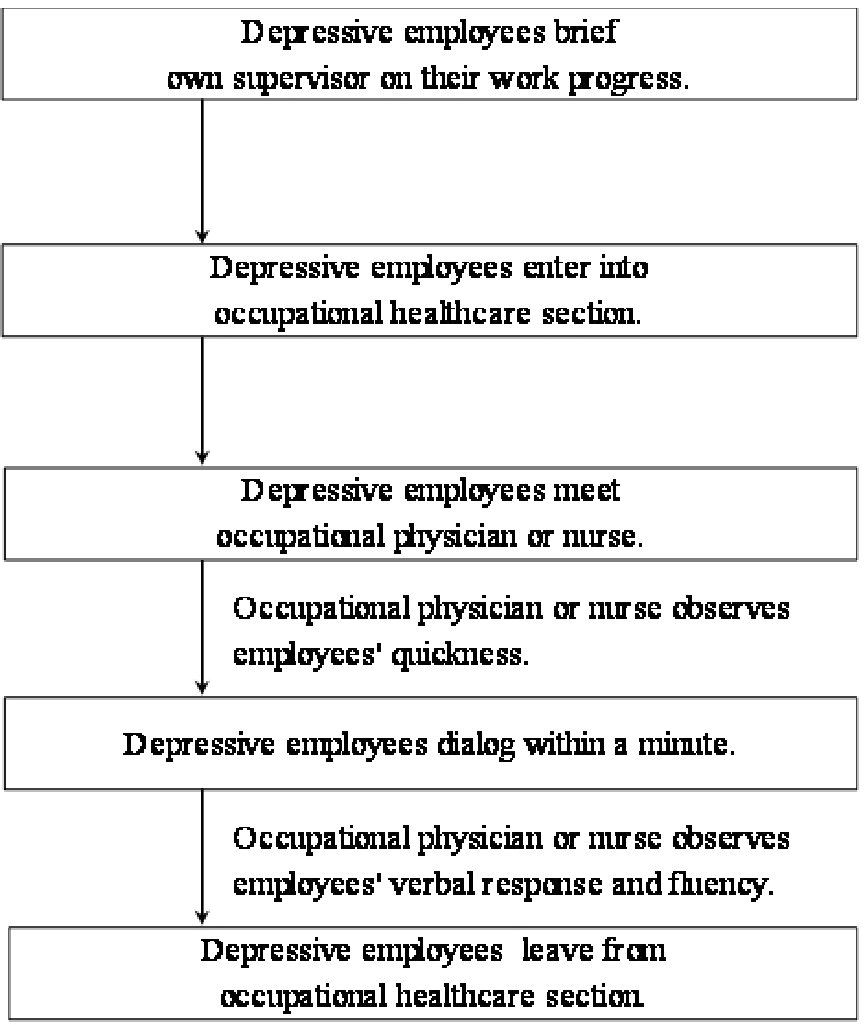108 results
Lithium-Bearing Donbassite and Tosudite from Echassières, Massif Central, France
-
- Journal:
- Clays and Clay Minerals / Volume 36 / Issue 1 / February 1988
- Published online by Cambridge University Press:
- 02 April 2024, pp. 39-46
-
- Article
- Export citation
Unexpected circular radio objects at high Galactic latitude
- Part of
-
- Journal:
- Publications of the Astronomical Society of Australia / Volume 38 / 2021
- Published online by Cambridge University Press:
- 18 January 2021, e003
-
- Article
-
- You have access
- HTML
- Export citation
EPA-0621 - Ultra-Short Daily Briefings for Sick-Listed Employees with Psychological Problems Strengthen the Sense of Coherence in Occupational Healthcare
-
- Journal:
- European Psychiatry / Volume 29 / Issue S1 / 2014
- Published online by Cambridge University Press:
- 15 April 2020, pp. 1-2
-
- Article
-
- You have access
- Export citation
1603 – Stress Hormone And Neuropsychological Functioning Predict Attention Bias Towards Threat In Healthy Individuals
-
- Journal:
- European Psychiatry / Volume 28 / Issue S1 / 2013
- Published online by Cambridge University Press:
- 15 April 2020, 28-E889
-
- Article
-
- You have access
- Export citation
Dust evolution in galaxies at z > 7
-
- Journal:
- Proceedings of the International Astronomical Union / Volume 15 / Issue S341 / November 2019
- Published online by Cambridge University Press:
- 10 June 2020, pp. 312-313
- Print publication:
- November 2019
-
- Article
-
- You have access
- Export citation
A new galaxy Spectral Energy Distribution model with the evolution of dust consistent with chemical evolution
-
- Journal:
- Proceedings of the International Astronomical Union / Volume 15 / Issue S341 / November 2019
- Published online by Cambridge University Press:
- 10 June 2020, pp. 152-156
- Print publication:
- November 2019
-
- Article
-
- You have access
- Export citation
Detections of far-infrared [OIII] and dust emission in a galaxy at z = 8.312: Early metal enrichment in the heart of the reionization era
-
- Journal:
- Proceedings of the International Astronomical Union / Volume 15 / Issue S341 / November 2019
- Published online by Cambridge University Press:
- 10 June 2020, pp. 211-215
- Print publication:
- November 2019
-
- Article
-
- You have access
- Export citation
A major monoclonal hospital outbreak of NDM-1–producing Klebsiella pneumoniae ST340 and the first report of ST2570 in Brazil
-
- Journal:
- Infection Control & Hospital Epidemiology / Volume 40 / Issue 4 / April 2019
- Published online by Cambridge University Press:
- 22 February 2019, pp. 492-494
- Print publication:
- April 2019
-
- Article
-
- You have access
- HTML
- Export citation
Halloysite-to-kaolinite transformation by dissolution and recrystallization during weathering of crystalline rocks
-
- Journal:
- Clay Minerals / Volume 47 / Issue 3 / September 2012
- Published online by Cambridge University Press:
- 09 July 2018, pp. 373-390
-
- Article
- Export citation
Adsorption and stacking behaviour of zwitterionic porphyrin on the clay surface†
-
- Journal:
- Clay Minerals / Volume 47 / Issue 2 / June 2012
- Published online by Cambridge University Press:
- 09 July 2018, pp. 243-250
-
- Article
- Export citation
RETRACTED—Formation and properties of Zr-based bulk quasicrystalline alloys with high strength and good ductility
-
- Journal:
- Journal of Materials Research / Volume 33 / Issue 11 / 13 June 2018
- Published online by Cambridge University Press:
- 25 March 2018, p. 1698
- Print publication:
- 13 June 2018
-
- Article
-
- You have access
- HTML
- Export citation
Adverse childhood experiences, exposure to a natural disaster and posttraumatic stress disorder among survivors of the 2011 Great East Japan earthquake and tsunami
-
- Journal:
- Epidemiology and Psychiatric Sciences / Volume 28 / Issue 1 / February 2019
- Published online by Cambridge University Press:
- 15 May 2017, pp. 45-53
-
- Article
- Export citation
F49 Simultaneous analysis of nickel alloys and high alloy steels using the fundamental parameter method
-
- Journal:
- Powder Diffraction / Volume 21 / Issue 2 / June 2006
- Published online by Cambridge University Press:
- 20 May 2016, p. 173
-
- Article
- Export citation
F-12 PPB Analysis by XRF; A New Micro-Droplet Method for Environmental Liquid Sample
-
- Journal:
- Powder Diffraction / Volume 19 / Issue 2 / June 2004
- Published online by Cambridge University Press:
- 20 May 2016, p. 202
-
- Article
- Export citation
F-11 Grazing Incidence XRF Analysis of Tin Concentration of Glass Surface
-
- Journal:
- Powder Diffraction / Volume 22 / Issue 2 / June 2007
- Published online by Cambridge University Press:
- 20 May 2016, p. 187
-
- Article
- Export citation
X-ray Observations of SN 1987A with Ginga
-
- Journal:
- Publications of the Astronomical Society of Australia / Volume 9 / Issue 1 / 1991
- Published online by Cambridge University Press:
- 25 April 2016, p. 107
-
- Article
- Export citation
Retrospective seroepidemiological study of chikungunya infection in South Asia, Southeast Asia and the Pacific region
-
- Journal:
- Epidemiology & Infection / Volume 144 / Issue 11 / August 2016
- Published online by Cambridge University Press:
- 28 March 2016, pp. 2268-2275
-
- Article
-
- You have access
- HTML
- Export citation
Drivers of ASCAT C band backscatter variability in the dry snow zone of Antarctica
-
- Journal:
- Journal of Glaciology / Volume 62 / Issue 231 / February 2016
- Published online by Cambridge University Press:
- 07 March 2016, pp. 170-184
-
- Article
-
- You have access
- Open access
- HTML
- Export citation
Molecular Requirements for Printable Organic Semiconductors in 7-Alkyl-2-phenyl[1]benzothieno[3,2-b][1]benzothiophenes (Ph-BTBT-Cn’s)
-
- Journal:
- MRS Advances / Volume 1 / Issue 38 / 2016
- Published online by Cambridge University Press:
- 13 June 2016, pp. 2653-2658
- Print publication:
- 2016
-
- Article
- Export citation
Mitochondrial dynamics and their intracellular traffic in porcine oocytes
-
- Article
-
- You have access
- HTML
- Export citation







